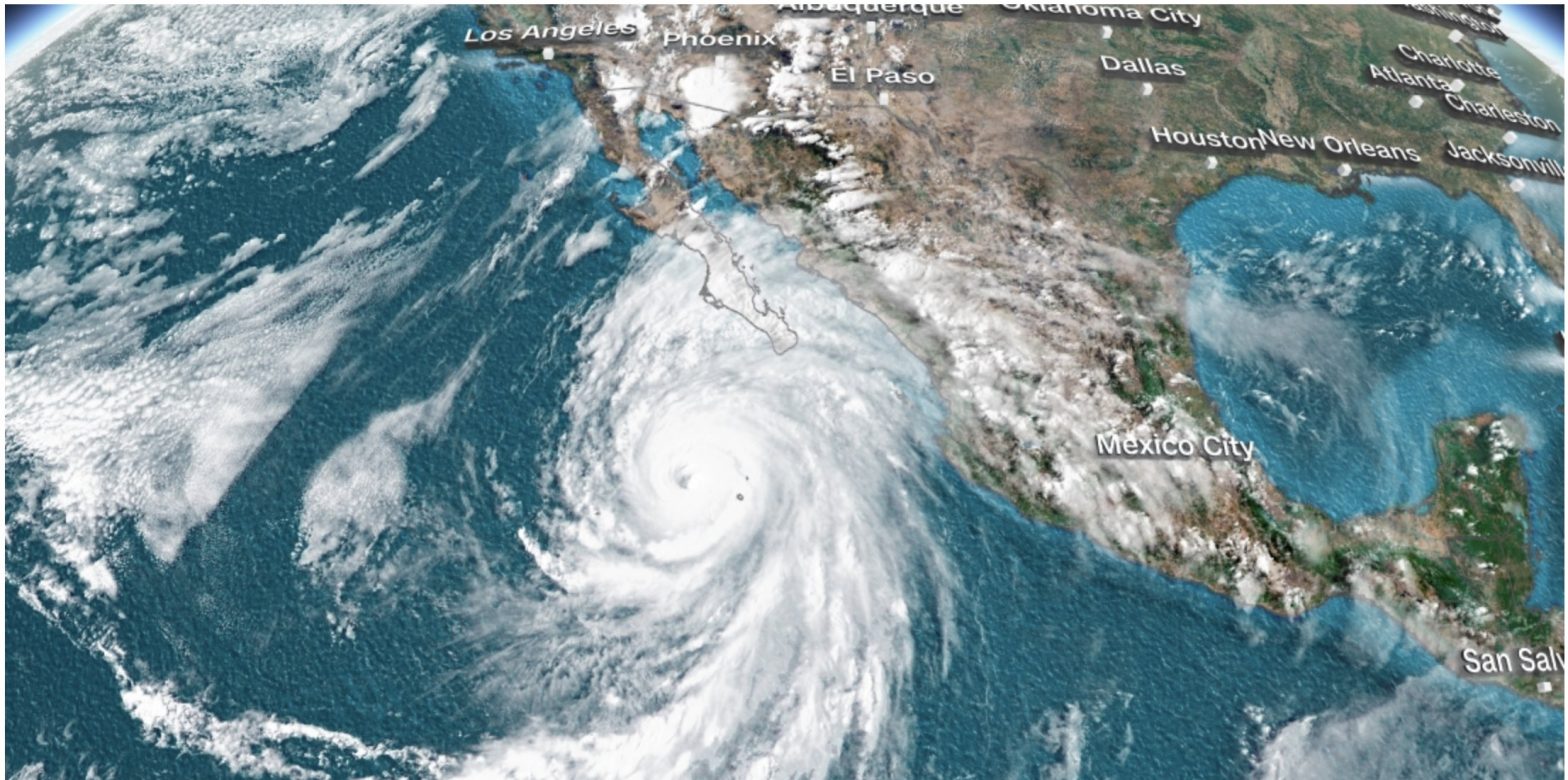A hurricane with winds of 130 mph (215 km/h) is barreling towards Mexico and the southwest of the United States.
On Saturday morning, it is anticipated that Hilary, a Category 4 hurricane, will first touch down in the Mexican state of Baja California.
Then, according to forecasters, it will slow down and weaken into a tropical storm as it moves north-west into southern California, Nevada, Arizona, and Utah.
It would be the state of California’s first tropical storm in more than 80 years.
The Federal Emergency Management Agency (Fema) has “pre-positioned personnel and supplies in the region, and they’re ready to respond as needed,” President Joe Biden stated on Friday.
“I urge everyone in the path of the storm to take precautions and listen to the guidance from state and local officials.”
The National Weather Service (NWS) warned that sections of southern California and southern Nevada might experience “significant and rare” impacts from the potential for heavy rain, which could range from 3-6 inches (7-15 cm) in some places and up to 10 inches in others.
The NWS has issued a warning for San Diego on the “high potential” of flash flooding.
Flood watch was in effect for around 26 million people in the southwest of the US.
The hurricane’s strength had somewhat diminished by Friday afternoon, and its centre was about 325 miles southwest of Mexico’s southernmost point.
Before it reaches southern California, Hilary is predicted to diminish to a tropical storm by late Sunday, according to the NWS.
Parts of the southwest US may experience catastrophic floods due to the heavy rain expected to continue until next Wednesday.
Tropical storms and hurricanes occasionally hit Mexico.
However, Stefanie Sullivan, a forecaster with the National Weather Service in San Diego, told the New York Times that it is “exceedingly rare” for a tropical cyclone to emerge from the ocean and touch down in California.
In southern California, a tropical storm last touched down in Long Beach in 1939.
According to experts, human-caused climate change is having an impact on the extreme and unusual weather occurrences that are affecting the US and several other parts of the world.
NASA reports that in the wake of July 2023, which set a record for warmth, Hawaii saw the deadliest wildfire in modern US history on 8 August, which claimed the lives of at least 111 people.
Hurricane gusts that were moving across the area increased the damage.







